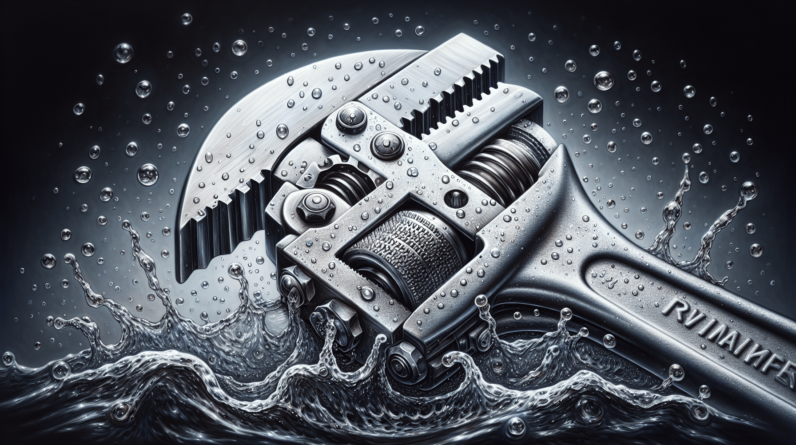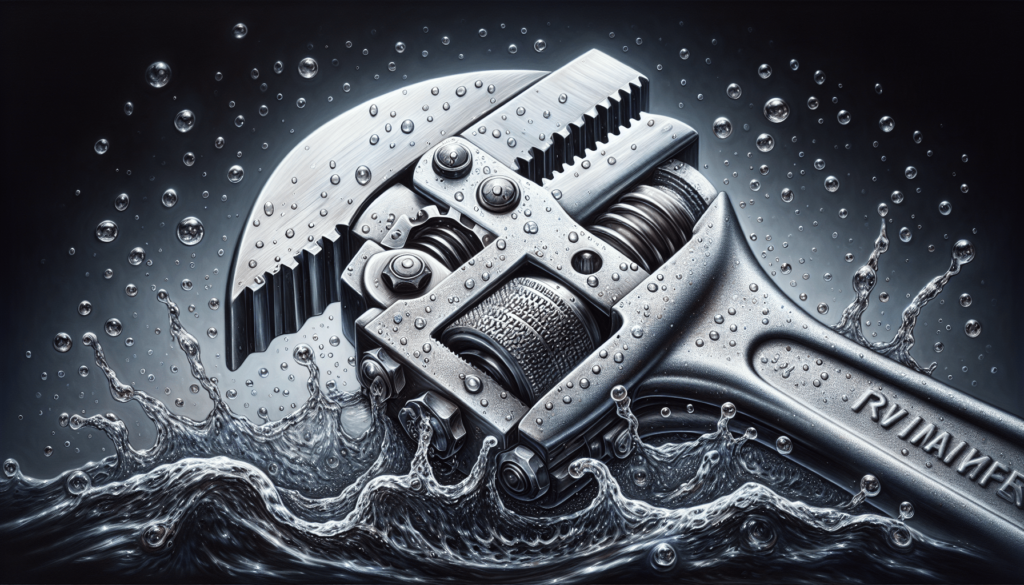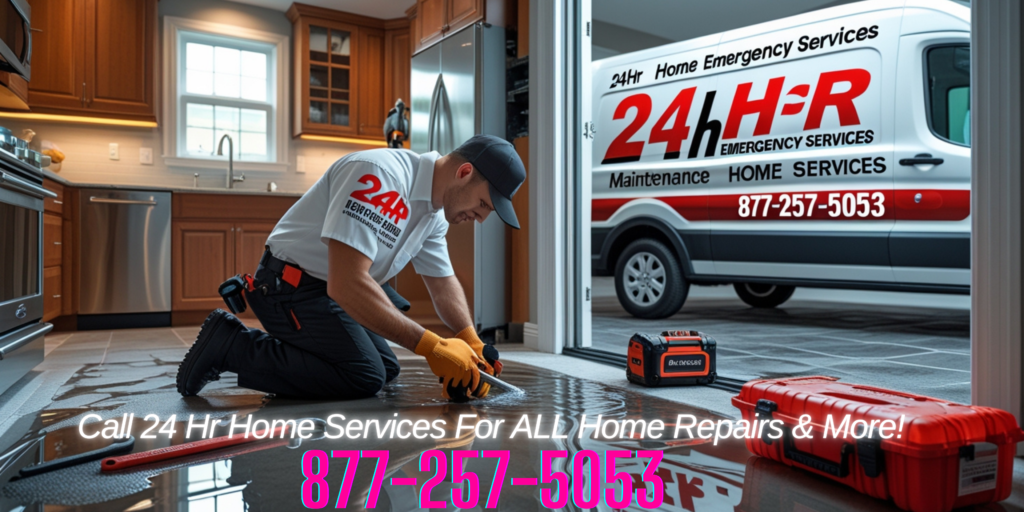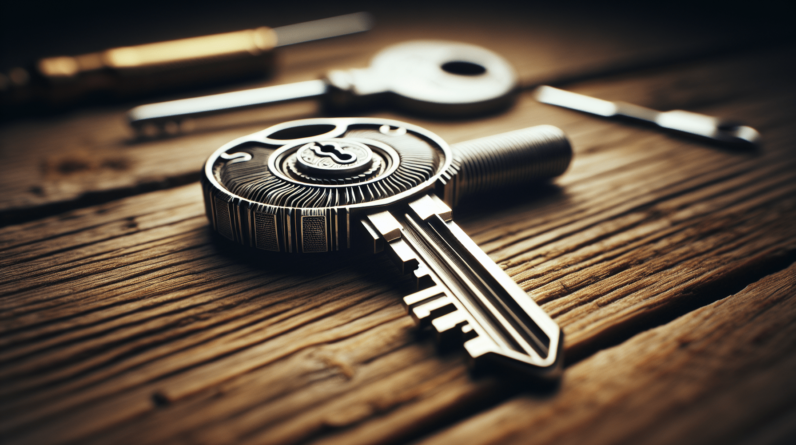

Have you ever faced a plumbing emergency that left you feeling anxious and unsure of what to do next? You’re not alone! Plumbing issues can be daunting, especially if you’re unsure where to turn for help. This is particularly true in a vibrant city like San Diego, where seamless living is often interrupted by unexpected leaks and breaks. Understanding the ins and outs of emergency plumbing and leak detection can put your mind at ease and help you tackle these challenges head-on.
Understanding Emergency Plumbing
When plumbing problems strike without warning, you need a reliable emergency plumber on speed dial. But what qualifies as an emergency? Recognizing the urgency of a situation can help you decide when it’s time to call for backup. Here’s a look at some common emergency plumbing situations you might encounter.
Common Plumbing Emergencies
Several issues can be classified as plumbing emergencies, including the following:
- Burst Pipes: A sudden rupture can lead to massive water damage in your home.
- Severe Clogs: A blockage in your drains that won’t budge can result in standing water and needs quick attention.
- Overflowing Toilets: This can be not only a nuisance but also a health hazard.
- Water Heater Failures: A lack of hot water can be inconvenient, especially during colder months.
- Leaking Faucets: While they may seem minor, persistent leaks can result in significant water waste and damage.
You might be wondering how to tackle these issues when they arise. Let’s break down the necessary steps you should follow.
Steps to Take During a Plumbing Emergency
When facing a plumbing emergency, the first step is to remain calm. Here’s a quick guide to help you manage the situation:
- Shut Off the Water Supply: Locate the main valve and turn it off to prevent further flooding or damage.
- Assess the Damage: Carefully inspect the affected area to determine the magnitude of the problem.
- Contact a Professional: Don’t hesitate to call an emergency plumbing service for immediate assistance.
- Document the Incident: Take pictures and note any details; this could be useful for insurance claims later.
By following these steps, you’ll be better equipped to handle any emergency that arises.
Why Choose San Diego for a Plumbing Emergency?
San Diego isn’t just known for its stunning coastline and beautiful weather; it also has a robust network of plumbing services. The local industry is equipped to tackle any plumbing issue due to the city’s unique environmental conditions.
Unique Challenges in San Diego
San Diego’s climate and geography present specific plumbing challenges, and understanding these can help improve your plumbing knowledge:
- Drought Conditions: Ongoing water conservation efforts mean that leaks can have more severe implications, making leak detection vital.
- Older Homes: Many homes in the area may be older and therefore have aging plumbing systems prone to failure.
Knowing these challenges can help you be proactive in maintaining your plumbing systems.
Local Availability
Emergency plumbing services in San Diego offer round-the-clock support, which is essential for rapidly addressing issues. The services are responsive and can typically dispatch technicians to your location within minutes.

Leak Detection: The Importance of Quick Intervention
Undetected leaks can lead to extensive damage over time. Whether it’s a minor leak beneath your sink or a hidden breach in the walls, swift intervention is crucial.
How to Spot a Leak
Although some leaks are visible, others remain hidden until they cause significant damage. Here’s how to spot potential leaks in your home:
- Water Meter Monitoring: By checking your water meter before and after a two-hour period when no water is used, you can identify hidden leaks. A change in the reading indicates a leak.
- Unexplained Increases in Water Bills: If you notice a spike in your water bill without evident reason, it could signal a hidden leak.
- Signs of Moisture: Look for water stains, mold, or damp spots on walls, ceilings, and floors.
Being attentive to these signs can save you from larger issues down the road.
Advanced Leak Detection Techniques
Sometimes, despite your best efforts, leaks go undetected. Luckily, professional leak detection services harness advanced technology to locate leaks quickly and effectively:
- Acoustic Listening Devices: These tools identify the sound of water escaping from pipes and can detect even the smallest leaks.
- Thermal Imaging Cameras: This technology allows professionals to see temperature differences that may indicate moisture behind walls.
- Moisture Meters: These are used for quickly identifying areas of high moisture that may be indicative of a leak.
Understanding these methods gives you insight into how professionals tackle leak detection.
Repairing Leaks: What to Expect
Once a leak is detected, the next step is to address the issue. This is where knowing what to expect during repairs can ease your stress.

Types of Repairs
Here is a breakdown of the most common leak repairs you might encounter:
| Type of Leak | Typical Causes | Common Repair Methods |
|---|---|---|
| Pipe Leaks | Corrosion, high water pressure | Replacement sections, patching |
| Faucet Drips | Worn washers or seals | Replacing washers or cartridges |
| Toilet Leaks | Faulty flapper valve or seal | Replacing the flapper or seal |
| Sewer Line Leaks | Tree root intrusion, cracks | Pipe relining or repair |
Understanding these common leaks and their respective repair methods can arm you with knowledge for discussions with your plumber.
Costs Involved
Being informed about potential repair costs can help you feel more prepared. Here’s a general estimate of what various repairs might cost:
- Pipe Repairs: Ranges from $150 to $1,000 depending on the extent of the damage.
- Faucet Repairs: Generally between $75 and $350.
- Toilet Repairs: Around $150 to $400 depending on the issue.
These are rough estimates and can vary based on service providers and the complexity of the repair.

Preventative Measures: Protecting Your Home from Future Issues
While emergencies can happen to anyone, there are ways to minimize the chances of plumbing disasters. A little prevention goes a long way toward keeping your home in top shape!
Regular Maintenance
Investing time in routine maintenance helps ensure all your plumbing systems function correctly. Some tips for maintaining your plumbing include:
- Routine Inspections: Have a professional check your plumbing system annually.
- Flush Your Water Heater: This helps remove sediment buildup, improving efficiency and longevity.
- Drain Cleaning: Regularly clearing your drains can help prevent clogs and backups.
Being proactive makes a significant difference in your plumbing’s reliability.
Water Usage Awareness
Be mindful of your water usage habits to reduce strain on your plumbing systems. Here are some practices to adopt:
- Shorter Showers: Trying to limit harsh usage can help maintain your plumbing and reduce water bills.
- Fixing Drips: A small drip may seem insignificant, but fixing them promptly can prevent larger problems.
- Avoiding Flushing Non-Decomposable Items: It’s critical to know what belongs in the toilet versus the trash.
Simple adjustments in how you use water can save you from bigger headaches later.
When to Call an Emergency Plumber
Knowing when to call an emergency plumber can make a world of difference. Here’s a quick guide to help you determine if you should reach out for professional help:
- Severe Water Damage: If water is gushing and flooding your home, act quickly.
- Unresponsive Drains: If plunging fails to clear a blockage, professional intervention may be necessary.
- Puddles or Wet Spots: If you find unexplained water where it shouldn’t be, it’s time to call in an expert.
Recognizing these signs can save you time and damage.
Choosing the Right Professional
When you need emergency plumbing services, knowing who to call is crucial. Here are some tips for selecting a reputable service:
- Credentials: Ensure your plumber is licensed and insured.
- Experience: Look for companies with a solid track record.
- Customer Reviews: Reading feedback can provide insight into service quality.
- Transparency: A good plumber will offer clear pricing without hidden fees.
These steps can lead you to a reliable professional when you need it most.
Your Role in Plumbing Emergencies
Staying informed about plumbing issues is a shared responsibility between you and your service professionals. By being proactive and educated, you set the stage for effective plumbing management in your home.
Educating Yourself
Take some time to learn about common plumbing issues and repair techniques. Being knowledgeable helps you ask the right questions and be an informed consumer when you call for services.
Regular Communication
Keep lines of communication open with your plumbing service. Regular check-ins can help you understand the status of repairs, ongoing maintenance needs, and more.
Summary: Embracing Preparedness
San Diego’s plumbing landscape offers unique challenges, but being adequately prepared makes a significant difference. Remember to stay vigilant for leaks, know when to call for emergency services, and embrace preventative measures. By doing so, you create a safer and more comfortable living environment for yourself and your loved ones.
So, what’s your next step? Consider starting a plumbing maintenance schedule or searching for reliable emergency plumbing services in your area. Taking proactive measures ensures that when emergencies strike, you’re ready to handle them with confidence.









